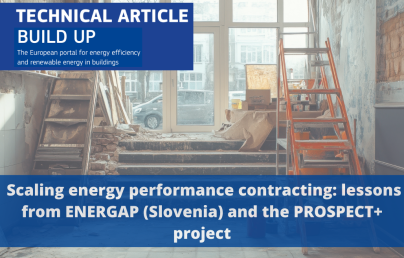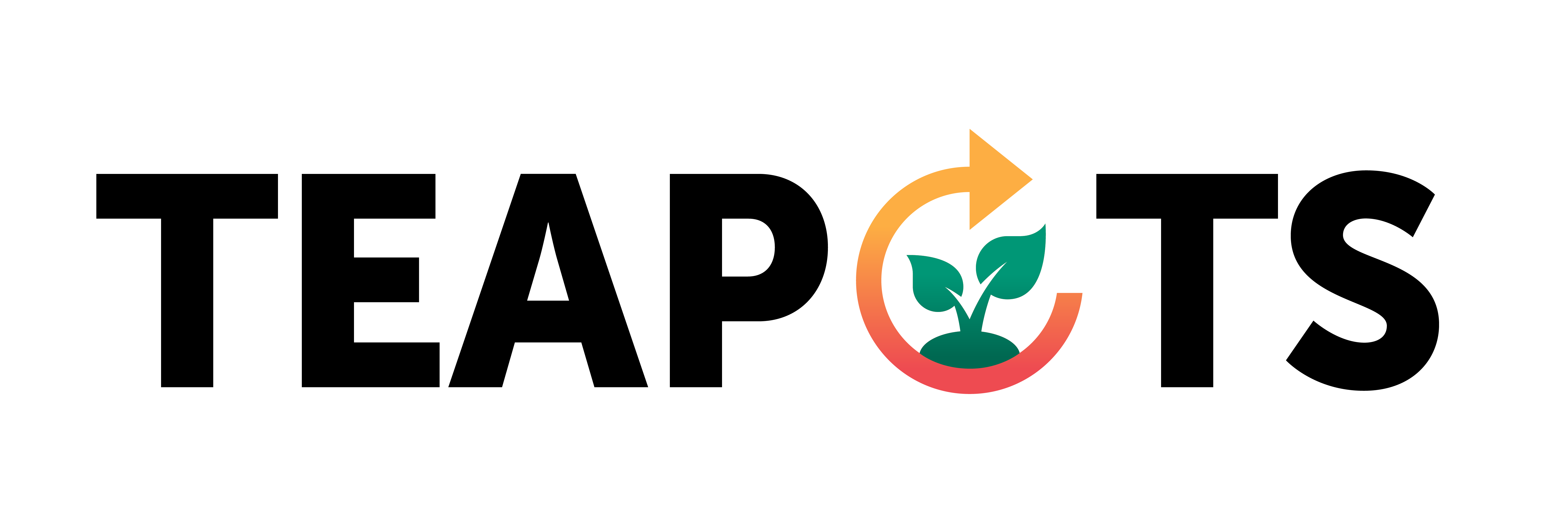
From waste to warmth: TEAPOTS breathes new life into compost heat systems
From waste to warmth: TEAPOTS breathes new life into compost heat systems
The TEAPOTS project is rethinking Compost Heat Recovery Systems (CHRS) as experimental infrastructures, not finished solutions. By combining hands-on research, field experimentation, and open-source monitoring, it aims to close the gap between theoretical potential and real-world performance.
(Note: Opinions in the articles are of the authors only and do not necessarily reflect the opinion of the European Union)
TEAPOTS, in partnership with Stichting Biomeiler and various pilot sites, is tackling the performance challenges of Compost Heat Recovery Systems by treating them as evolving, low-tech heating solutions. The project focuses on monitoring variables like feedstock, airflow, and temperature using sensor-based systems, with early results highlighting the importance of system optimisation. Through open collaboration and data sharing, TEAPOTS is building the foundation for a decentralised, sustainable heat alternative suited to agricultural and eco-living contexts.

As Europe shifts away from fossil fuels, low-tech, community-led heating solutions are attracting interest, though scepticism remains. Compost Heat Recovery Systems (CHRS) exemplify such an approach. By microbial degradation of organic material, CHRS can produce temperatures up to 65°C, generating renewable heat. However, despite its longstanding history and proven effectiveness as a low-tech method dating back 2000 years in Chinese agriculture as a hotbed, many installations do not reach their theoretical efficiency, and recorded energy outputs frequently underperform compared to expectations. While literature suggests CHRS can yield 20 MJ/hr or 4,3 MJ/kg of total solids (Smith et al., 2017), recent real-world measurements report outputs as low as 1.7 to 4.3 MWh per installation or 0.34 to 0.98 MJ/kg DM over their lifetime. When assessing recovery rates, factors like monitoring duration, feedstock composition, and operational methods are crucial (Sessa & Bhandari, 2023). This performance gap highlights a key reality: the biomeiler is still an immature technology. Progress depends not only on replicating best practices but on coordinated observation, evaluation, and continuous improvement. That's exactly where TEAPOTS comes in.
Fieldwork with humility
In collaboration with Stichting Biomeiler, TEAPOTS is exploring CHRS not as proven solutions but as experimental infrastructures. By documenting and analysing CHRS's previous and current installations, along with their experiments and variables, and applying this knowledge on Greek and Sicilian TEAPOTS pilot sites, the project engages scientists, professionals, local innovators, and stakeholders in learning together. These workshops examine real-world variables, including the effects of feedstock types, moisture control, aeration strategies, and condenser-based heat exchangers. Examples of these are Landgoed Lankheet, Welna, Twickel, the University of Utrecht research farm, De Tolakker, local innovators in Herpen and Venhorst (Netherlands), and the ecovillage in Groningen. One example includes experimenting with improved pump regulation via sensor technologies (developed in partnership with INL and a home automation firm), aiming to maintain thermophilic conditions without overcooling. Maintaining the compost pile within this optimal range is essential for consistent heat generation, as microbial activity and, thus, thermal output drop rapidly below 40°C (Fan et al., 2021).
Systematic monitoring remains a long-standing goal within the CHRS community. TEAPOTS supports this by developing a sensor and monitoring set, which provides open-source data on temperature, flow rate, and energy output, ensuring optimal pump regulation to prevent the system from cooling down. By expressing performance per kg dry matter or per unit calorific input, the team aims to standardise comparisons across very different installations, a major challenge highlighted in the recent meta-review (Malesani et al., 2022).
The Tolakker pilot project at the University of Utrecht exemplifies this hands-on, iterative learning. Designed by students guided by Stichting Biomeiler, this CHRS generates low-grade heat through both surface condensation and internal conduction, warming nearby offices during the winter months. It is constructed using wood chips from urban green space maintenance and calf manure without antibiotics. Although modest in scale, the project highlights how academic curiosity, combined with practical implementation, yields scalable insights. Initial results align with findings from other CHRS experiments, indicating that stable airflow and well-structured feedstock layers are crucial for maintaining heat over weeks rather than days (Hunce et al., 2020). Through our experimental installations, the thermophilic conditions could be extended to a period of over 6 months.
From patchwork to pattern
The history of compost heaters is a patchwork of case studies, each influenced by local conditions, materials, and expectations. Some installations deliver as hoped; many don’t. But TEAPOTS urges the community to move past binary thinking, success or failure, and instead embrace the biomeiler as a living lab. A system that, with enough data and collaboration, may evolve into a viable, decentralised solution for low-temperatureheating, particularly relevant for agriculture, off-grid housing, or integrated eco-design.
Resources
Fan, S., Li, A., Heijne, A., Buisman, C. and Chen, W., 2021. Heat potential, generation, recovery and utilisation from composting: A review. Resources, Conservation and Recycling, 175, p.105850. https://doi.org/10.1016/j.resconrec.2021.105850
Hunce, S.Y., Clemente, R. and Bernal, M., 2020. Selection of Mediterranean plants biomass for the composting of pig slurry solids based on the heat production during aerobic degradation. Waste Management, 104, pp.1–8. https://doi.org/10.1016/j.wasman.2020.01.001
Malesani, R., Schievano, A., Di Maria, F., Sisani, F. and Pivato, A., 2022. Compost heat recovery systems: Global warming potential impact estimation and comparison through a Life Cycle Assessment approach. Detritus. https://doi.org/10.31025/2611-4135/2022.15196
Sessa, V. and Bhandari, R., 2023. Composting heat recovery for residential consumption: An assessment of viability. Sustainability, 15(5), p.4006. https://doi.org/10.3390/su15054006
Smith, M. M., Aber, J. D., & Rynk, R. (2016). Heat Recovery from Composting: A Comprehensive Review of System Design, Recovery Rate, and Utilization. Compost Science & Utilization, 25(sup1), S11–S22. https://doi.org/10.1080/1065657X.2016.1233082
TEAPOTS is funded by the European Union under Grant Agreement No. 101118296. Views and opinions expressed are however those of the author(s) only and do not necessarily reflect those of the European Union or CINEA. Neither the European Union nor the granting authority can be held responsible for them.
For media inquiries, interviews, or more information, please reach out to Ivana Koláčková (FENIX TNT) at ivana.kolackova@fenixtnt.cz.
